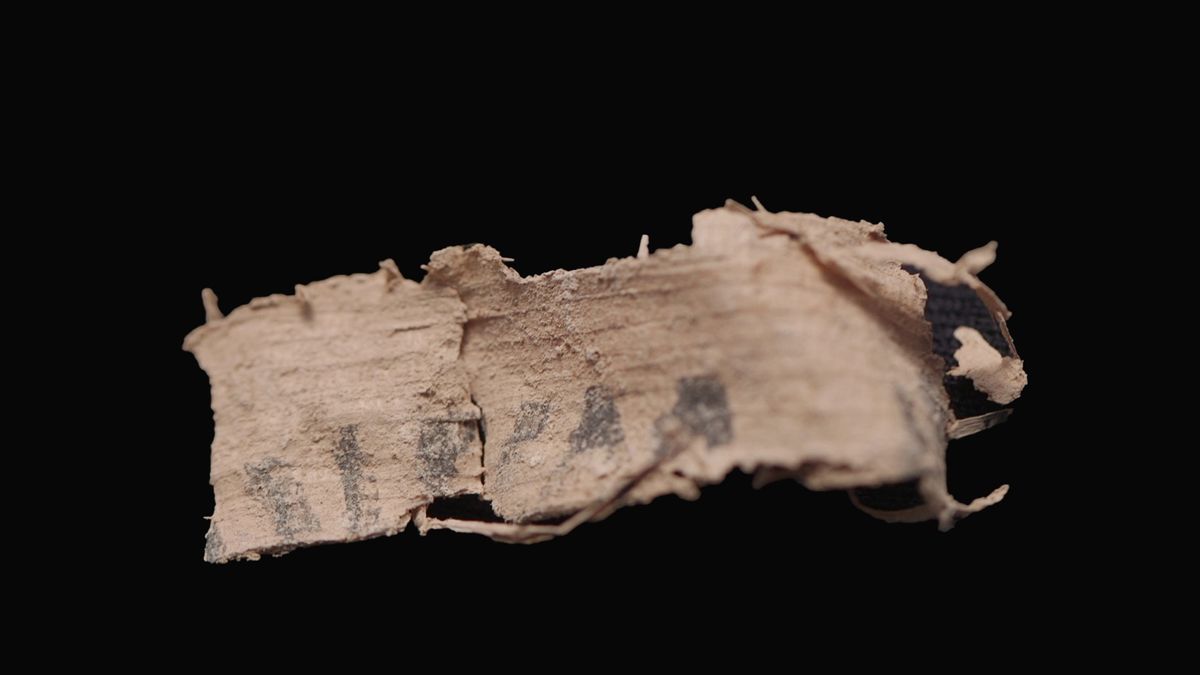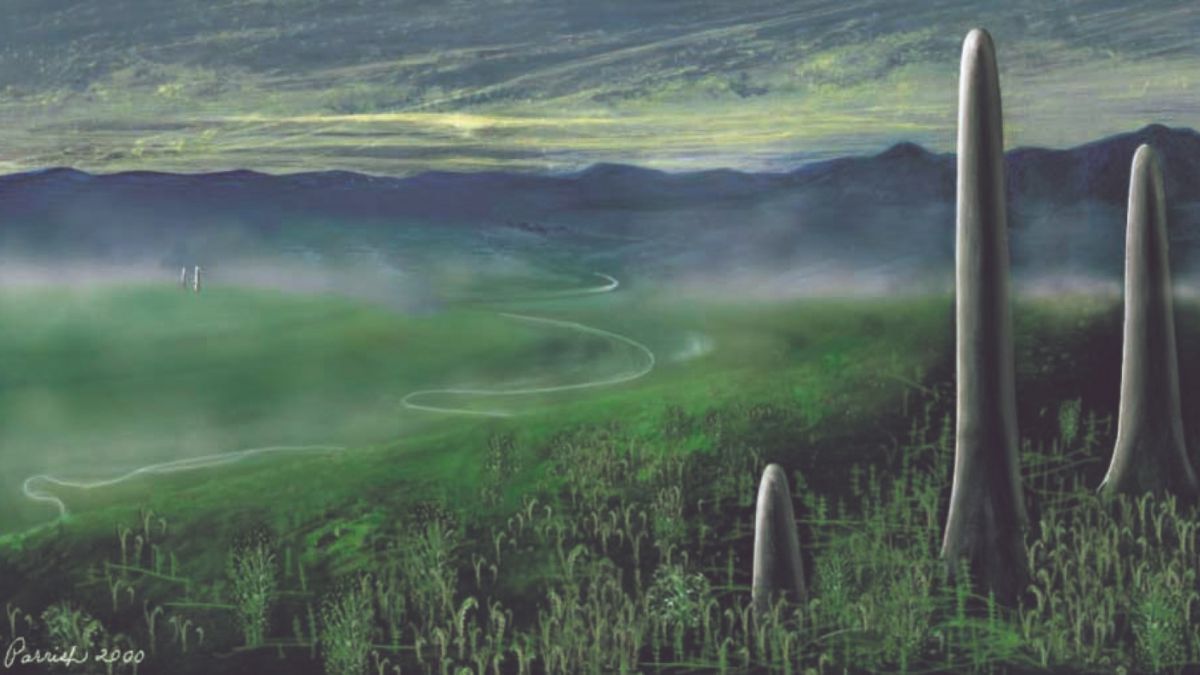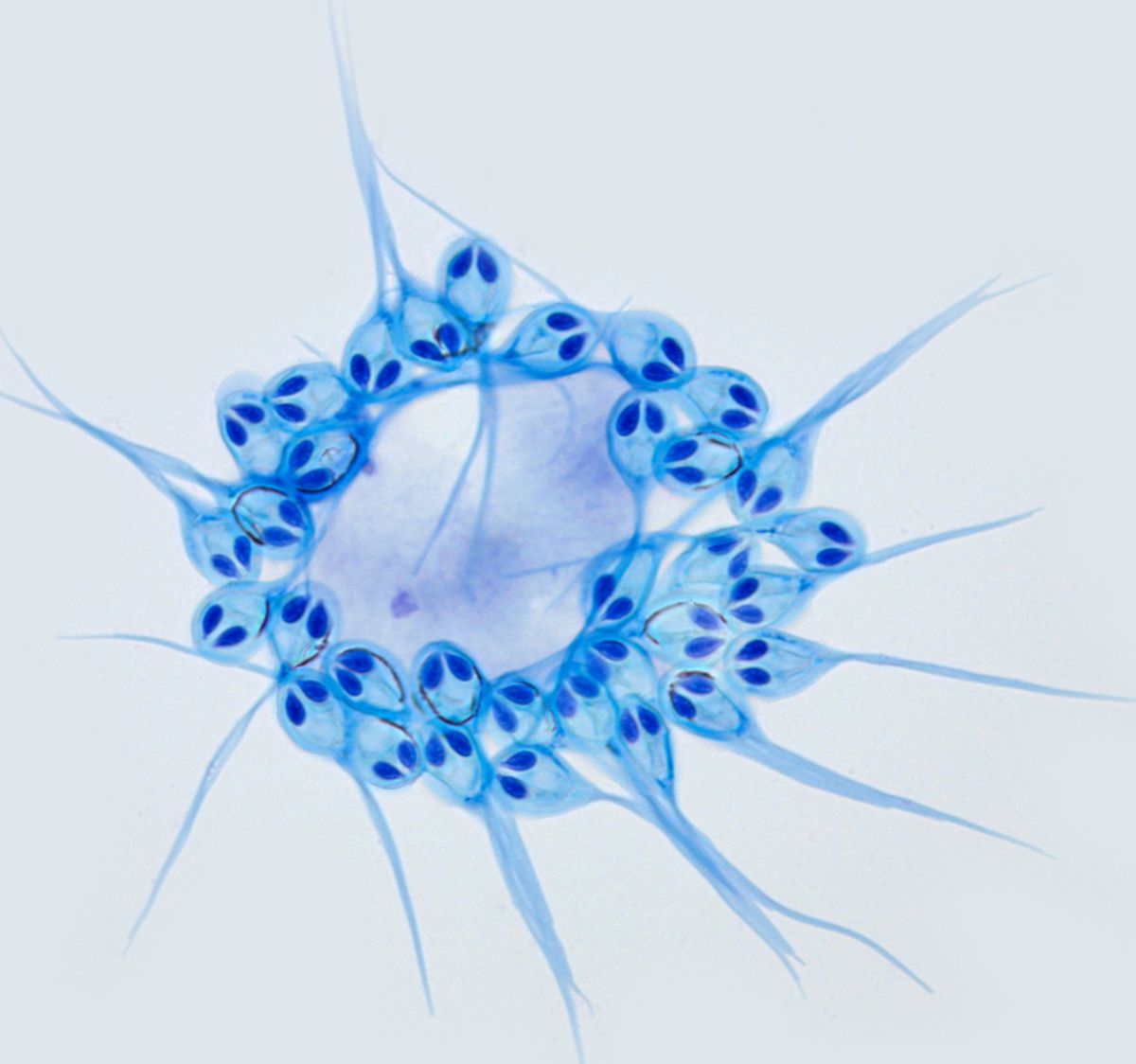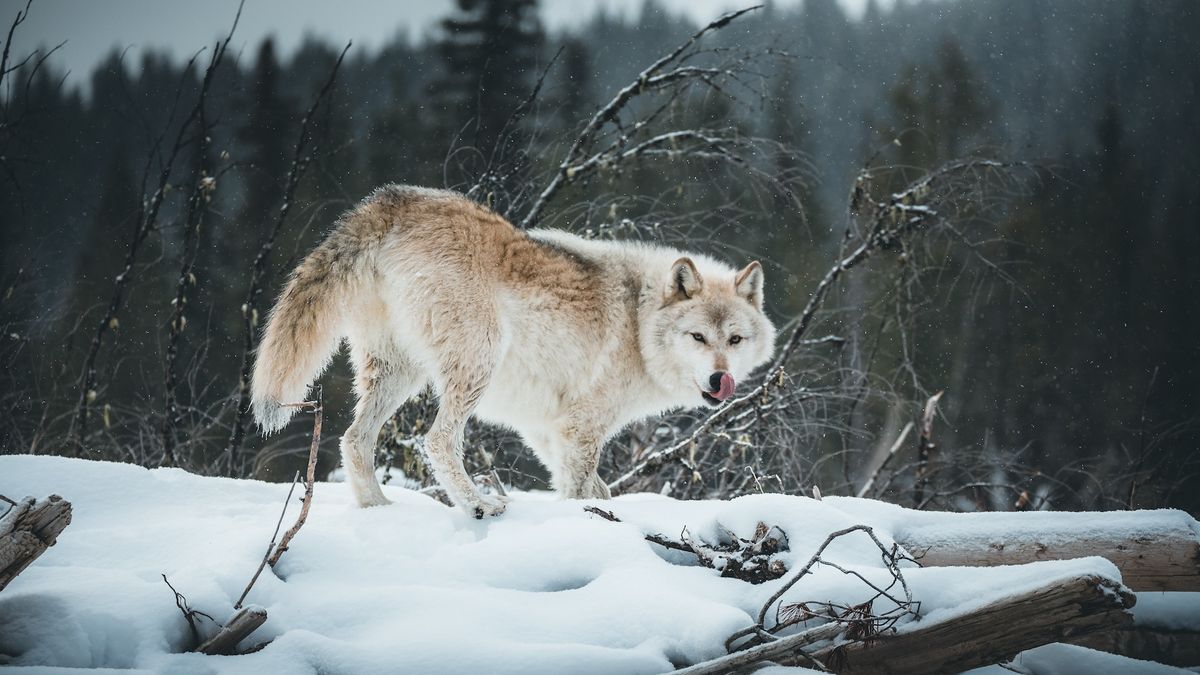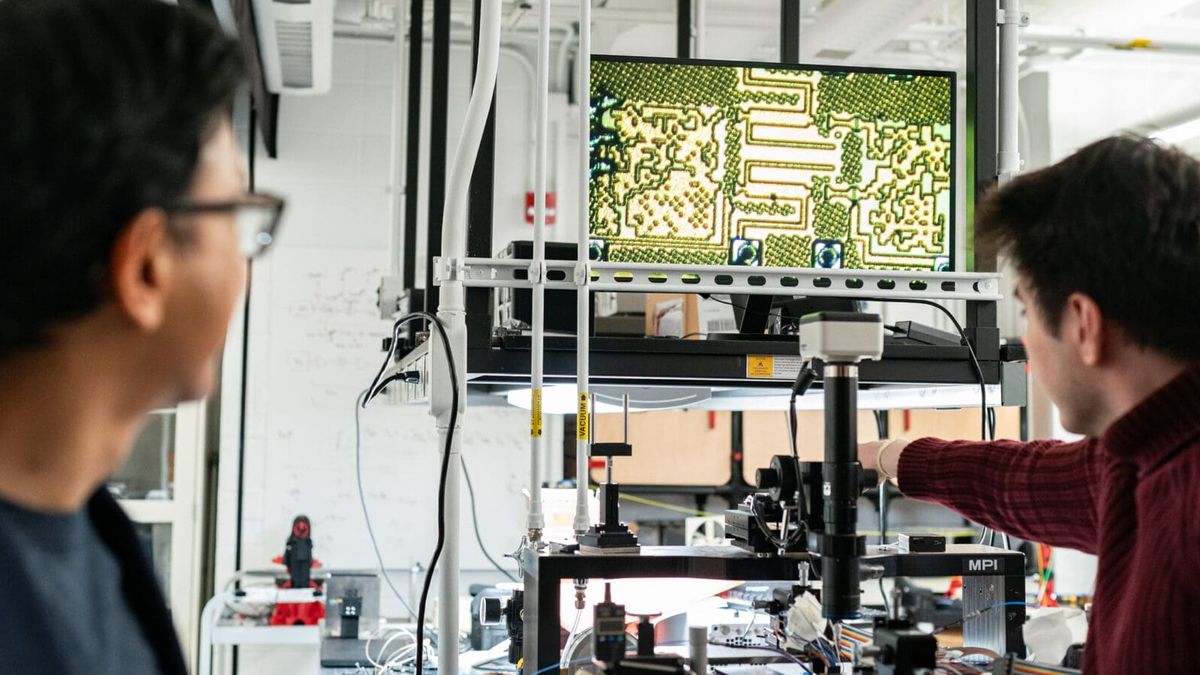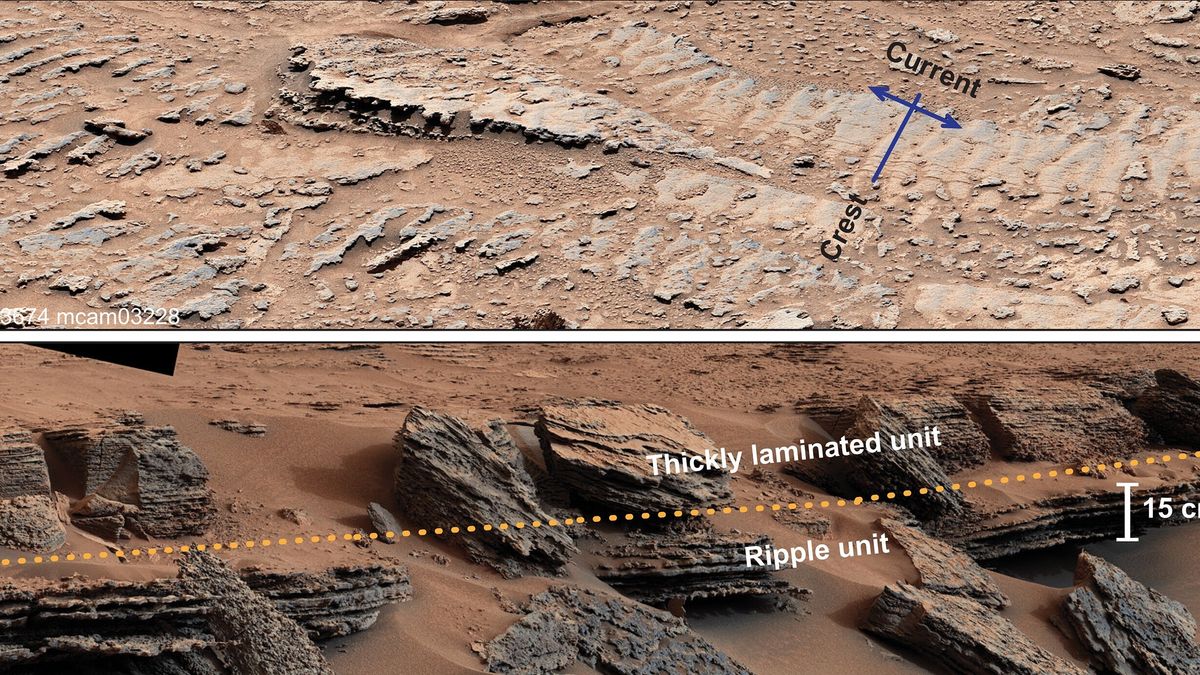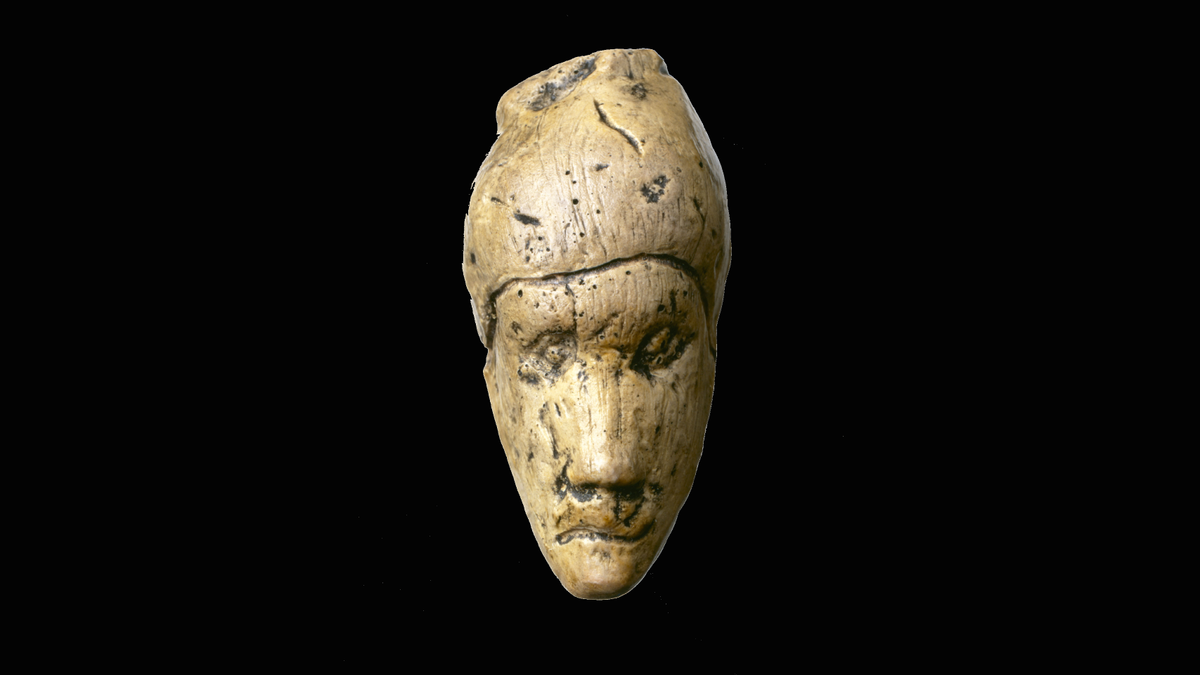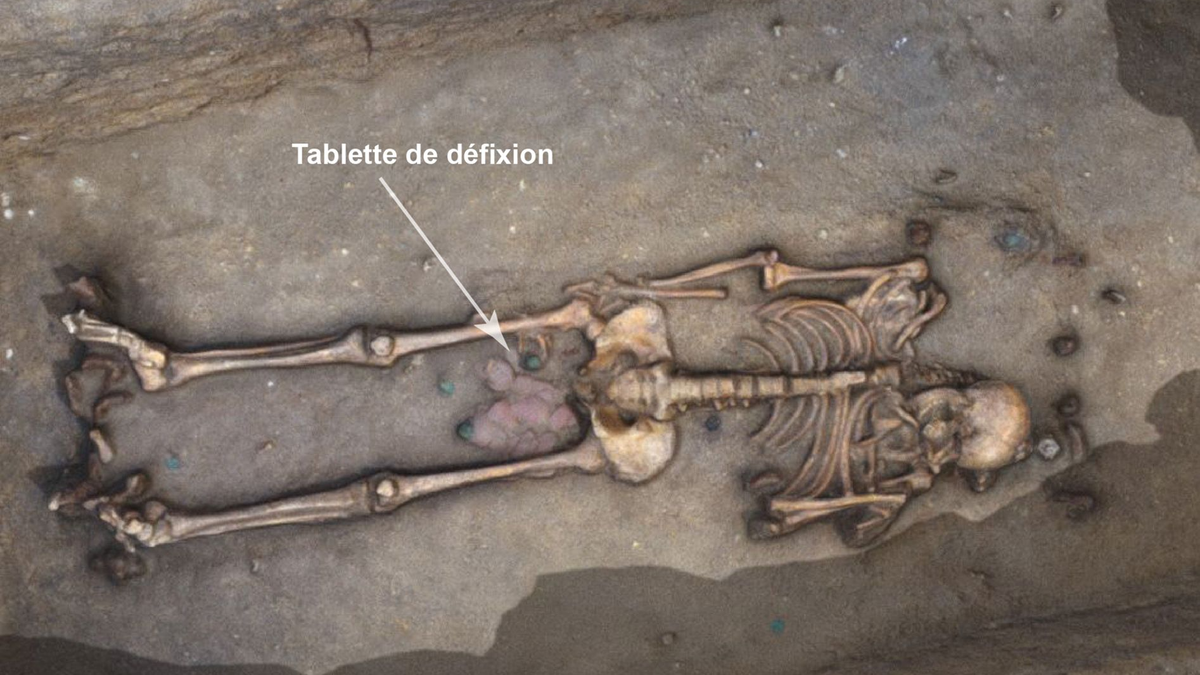Trimethylaminuria (TMAU): The 'Fish Odor Syndrome'

Trimethylaminuria (TMAU), or 'fish odor syndrome', is a rare metabolic disorder causing sufferers to emit a strong fishy odor. More common in women, it's linked to FMO3 gene mutations hindering the breakdown of trimethylamine. This chemical builds up and is released through sweat, urine, and breath. While not life-threatening, TMAU significantly impacts quality of life. Treatment focuses on managing symptoms through diet modification (avoiding trimethylamine-rich foods), hygiene practices, stress reduction, and sometimes antibiotics or activated charcoal. There's currently no cure.
Read more